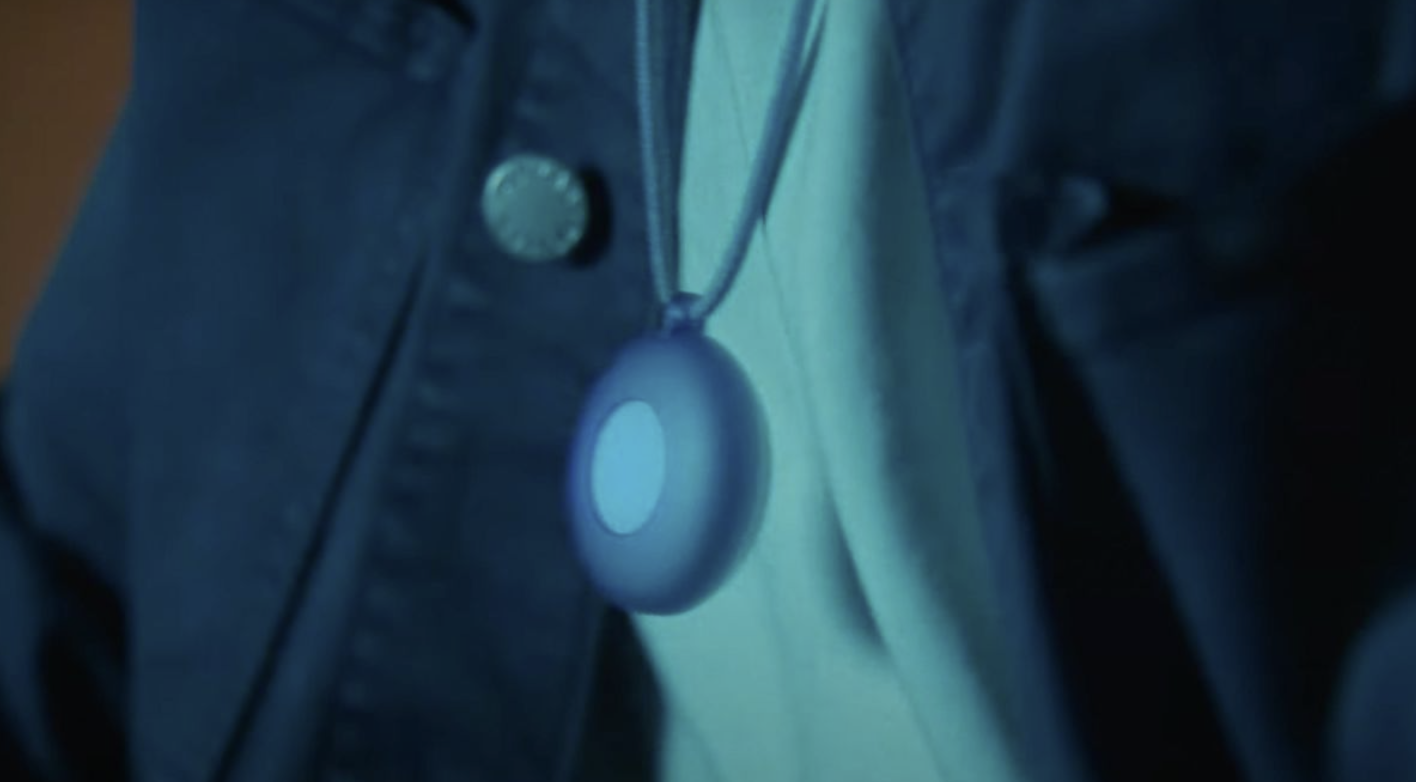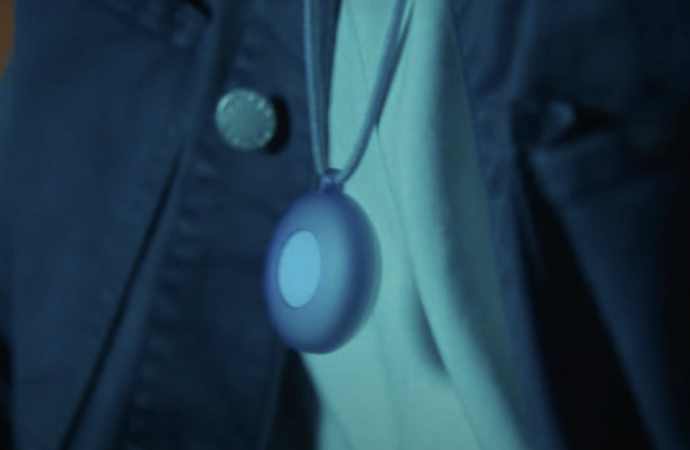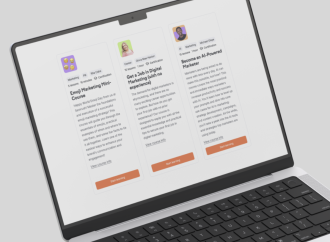In a world where tech companies are constantly competing to create the next productivity tool, one device is breaking the mold. The Friend AI-powered wearable pendant isn’t designed to help you work faster, manage tasks, or automate your life. Instead, it’s here to provide companionship. This always-listening device doesn’t aim to make your workday more

In a world where tech companies are constantly competing to create the next productivity tool, one device is breaking the mold. The Friend AI-powered wearable pendant isn’t designed to help you work faster, manage tasks, or automate your life. Instead, it’s here to provide companionship. This always-listening device doesn’t aim to make your workday more efficient but to enhance the moments in between, offering empathy, conversation, and a sense of connection.
A Bold First Move
Friend recently made headlines for spending an impressive $1.8 million to acquire the domain www.friend.com. This sparked some debate about how much a startup should invest in branding. However, founder Avi Schiffmann stands by the decision, claiming it’s already paying off in terms of visibility and trust. He’s not alone in thinking this way—Tesla spent $10 million over a decade on their domain, and Better.com paid $1.8 million for theirs back in 2015.
But unlike those companies, which focus on productivity, Friend is diving into uncharted waters: emotional companionship. This small AI pendant is designed to create a unique bond with its users, one that goes beyond typical tech solutions.
What Makes Friend Different?
At first glance, Friend looks like a simple, soft round pendant—something you might expect from the team behind the Nest thermostat, who collaborated on this project. Available in various colors that remind you of the early Apple iMac, the pendant rests comfortably around your neck and is always listening, ready to engage in conversation.
Powered by Claude 3.5, a cutting-edge language model from Anthropic AI, Friend doesn’t need prompts to start interacting. It often offers observations or comments about your activities and will send messages to your phone when it has something to say. Its purpose isn’t to optimize your life but to be present, offering support, humor, or just a little perspective. Whether you’re feeling anxious, lonely, or want to chat about the movie you just watched, Friend is there to provide emotional support. As Avi Schiffmann puts it, “Productivity is over, no one cares.”
No Productivity, Just Connection
Unlike recent failures in the AI-powered wearable market, such as Humane’s AI pin or Rabbit R1, which struggled with functionality, Friend doesn’t try to do everything. It focuses on one thing: companionship. It’s not about managing your to-do list or replacing your phone. Instead, it’s designed to listen and respond like a trusted friend. Friend is there to be your emotional anchor, offering kind words, humor, or thoughtful insights whenever you need them.
Schiffmann shares a personal story that highlights the device’s purpose: “I was playing board games with some old friends, and my Friend chimed in with a joke. It was odd, but in that moment, I felt more connected to this pendant around my neck than to the people in the room.” That’s exactly what Friend is about—creating a personal, meaningful connection.
Privacy Concerns and the Future of AI Companions
Of course, the always-listening nature of Friend raises questions about privacy. While the pendant records everything around you, Schiffmann emphasizes that no audio or transcripts are stored, and users have full control over what memories the device keeps. Privacy is a major concern when it comes to AI companions, especially as people begin to share more personal thoughts with their devices.
Experts in AI ethics, like Professor Petter Bae Brandtzæg from the University of Oslo, have pointed out that these devices can encourage deeper, more intimate conversations than people are often willing to have with others. But the big question remains: where does all that data go? This remains a key issue as AI companions become more mainstream.
A New Approach to Connection
Friend arrives at a time when loneliness and social isolation are on the rise. Studies show that 61% of young people in the U.S. report feeling seriously lonely, a statistic that points to a growing mental health crisis. While some experts, like Jodi Halpern from UC Berkeley, worry that AI companions might replace human interaction, Schiffmann sees it differently. He believes Friend isn’t meant to replace human relationships but to fill the gaps when real-world companionship is hard to find.
The device is set to ship in January 2025, and with a price tag of $99, it’s a much more affordable entry point into the world of AI companions compared to previous attempts. While there’s no subscription service tied to it yet, it’s still unclear whether Friend will truly take off or simply become another curiosity in the growing world of wearable AI.
Regardless, one thing is clear: Friend represents a shift away from the productivity-focused tech we’re used to and moves toward something more human—providing companionship in the digital age.

















Leave a Comment
Your email address will not be published. Required fields are marked with *